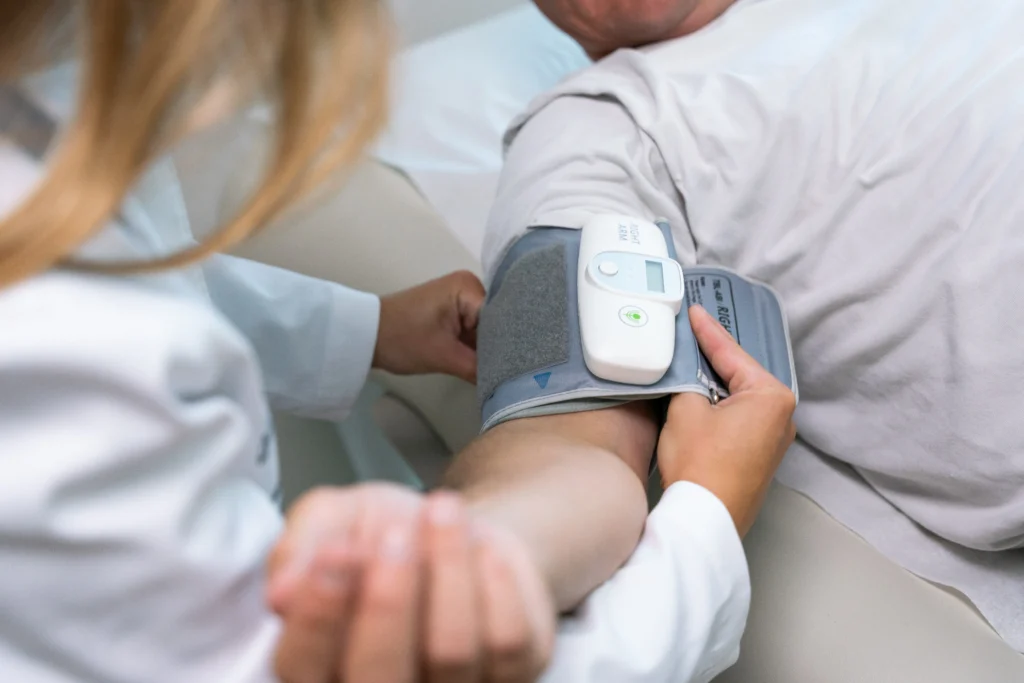One of the most frustrating realities about peripheral artery disease isn’t just that it’s common, it’s that it’s invisible until it’s too late. We’re talking about a condition that affects millions of Americans, increases the risk of heart attack and stroke, and can lead to limb loss… yet nearly 70% of the general public has never even heard of it.
That’s not just a patient problem, it’s a system problem. And if we’re honest, part of that system is us. In primary care settings, PAD often gets overshadowed by its better-known cousins: coronary artery disease and stroke prevention. We check blood pressure, we check cholesterol, we talk about smoking cessation, but when was the last time you proactively tested a patient for PAD without them bringing up leg pain? For many practices, it’s not routine. Sometimes it’s because of time constraints. Sometimes it’s because there’s a misconception that the symptoms are obvious. Sometimes it’s because there isn’t an easy way to test in-house.
The reality? Up to half of all PAD patients are asymptomatic. And for those who do have symptoms, they’re often vague: a little leg fatigue, some calf cramps after walking, maybe slow-healing skin changes. If we’re relying on obvious signs before we test, we’re already late to the game. And late in PAD means higher amputation risk, more invasive interventions, and significantly worse survival rates.
This is where the Ankle-Brachial Index (ABI) changes the game. ABI testing is fast, non-invasive, and gives you an objective measure of arterial health in the legs. It’s not guesswork, it’s a simple ratio of ankle to arm systolic blood pressure, with years of evidence showing its value in detecting disease early. The American Heart Association and American College of Cardiology both recommend it for high-risk groups:
Anyone over 65
Adults over 50 with diabetes or a history of smoking
Patients of any age with leg pain during exertion or non-healing wounds
Here’s the kicker: ABI testing is also reimbursable under CPT 93922. That means it’s not only a clinical win, it’s a sustainable service that can strengthen your practice financially while genuinely improving patient care.
And in today’s landscape, you don’t need a vascular lab or complicated setup. Portable, automated ABI systems make it possible to integrate PAD screening seamlessly into routine visits. You can run the test in minutes, have a report in hand before the patient leaves the room, and start treatment or referral immediately if needed.
If you think about it, ABI should be treated the same way we treat blood pressure cuffs, a standard piece of equipment every clinic has. Because the truth is, every week you delay implementing PAD screening, there’s a patient walking out your door with undiagnosed arterial disease. They don’t know it yet, but they’re on the path to avoidable complications.
The bottom line: Bringing ABI testing in-house isn’t just an equipment purchase, it’s a commitment to catching disease earlier, preventing amputations, reducing cardiovascular events, and delivering the kind of proactive, preventive care that keeps patients coming back and referring others.
So if you don’t have an ABI device in your clinic yet, it’s time. Not next quarter. Not next budget cycle. Now. Because every early diagnosis is a life and limb saved — and that’s something you’ll never regret.


